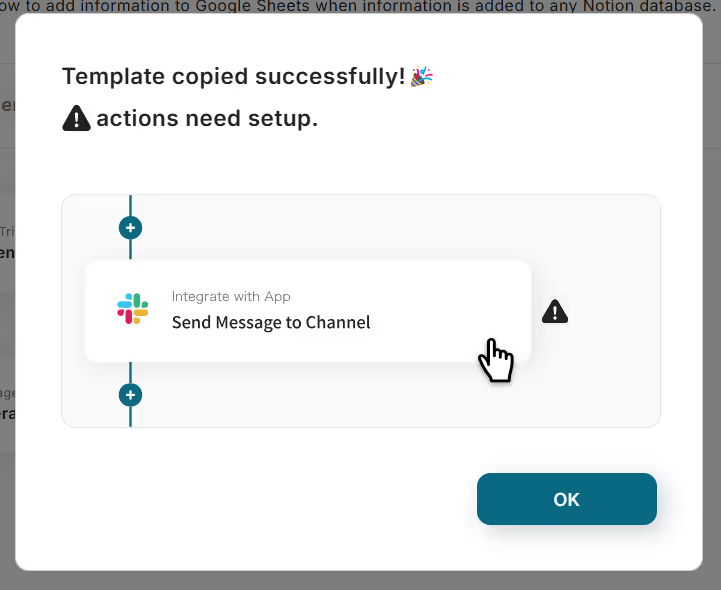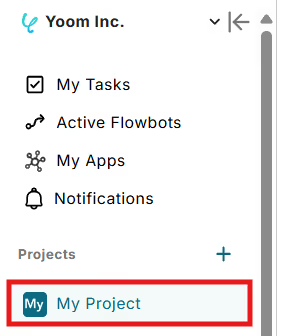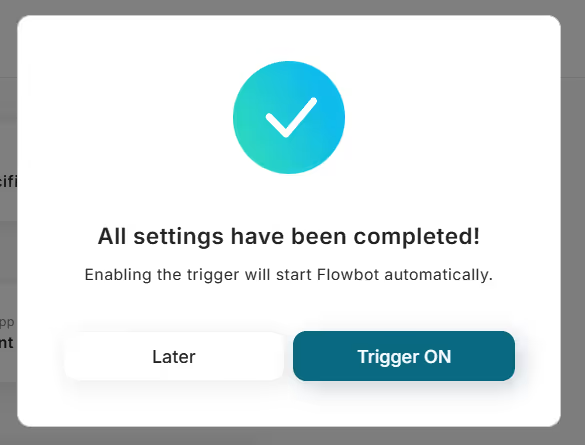[What is Yoom]
From now on, we will introduce how to create a Flow Bot in Yoom, which allows app integration without programming, for "adding to Trello when an issue is created on GitHub".
After registering with Yoom, please try creating it!

How to Create a GitHub and Trello Integration Flow
Step 1: My App Integration

First, integrate Yoom with each tool. Click "Add" at the top right.
GitHub and Yoom Integration
1. Search
Search for GitHub and click the GitHub icon.
2. Log in
The GitHub login screen will appear, so please log in.
3. Integration Complete

The screen will switch immediately, and if the above display appears, the integration is complete.
Trello and Yoom Integration
1. Search
Search for Trello and click the Trello icon.
2. Enter Required Fields

Fill in the boxes. Please see the details in
Trello My App Integration.
3. Add
Once you have completed entering the required fields, press the add button at the bottom right.

If the display appears as in the image, the integration is complete.
Since the two apps are now integrated, let's move on to setting up the contents of the Flow Bot.
1. Click "Try it" on the banner














.avif)














.avif)
.avif)
.avif)
.avif)





